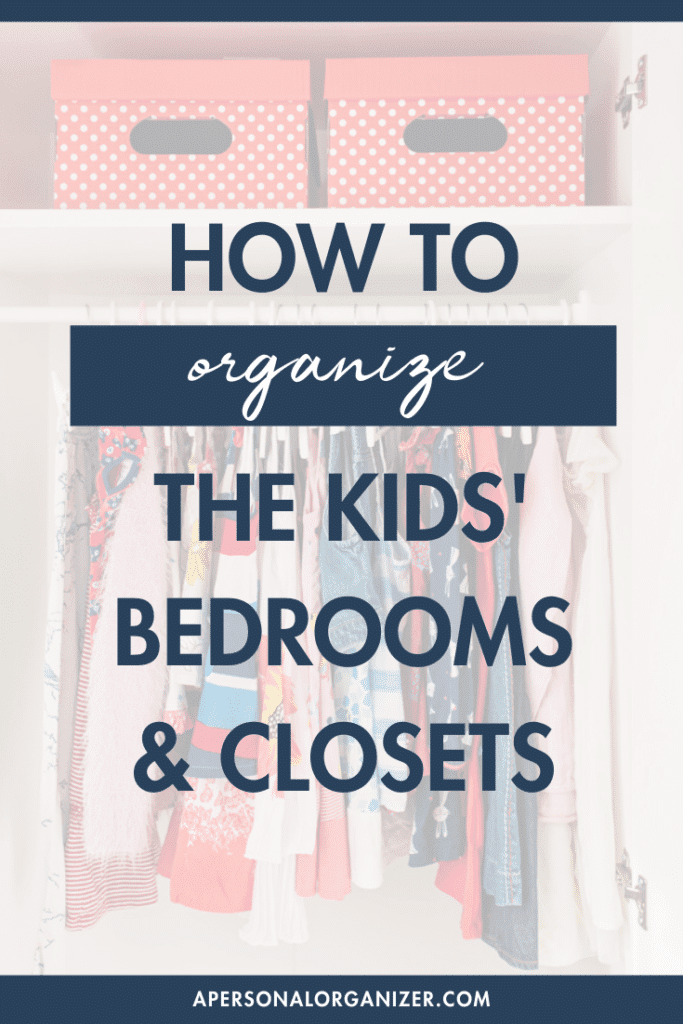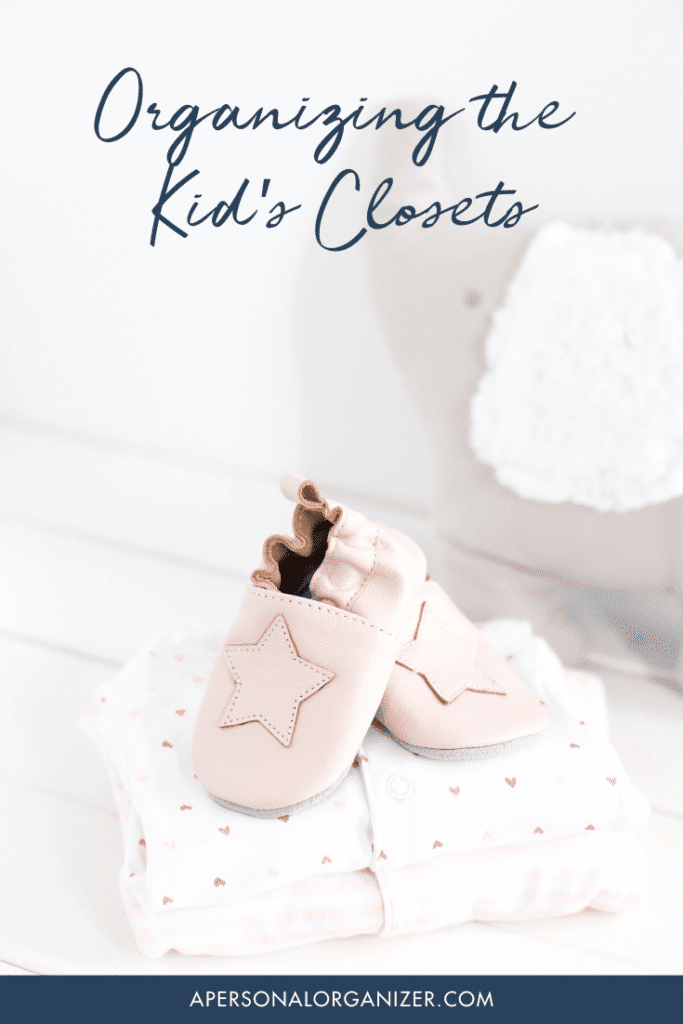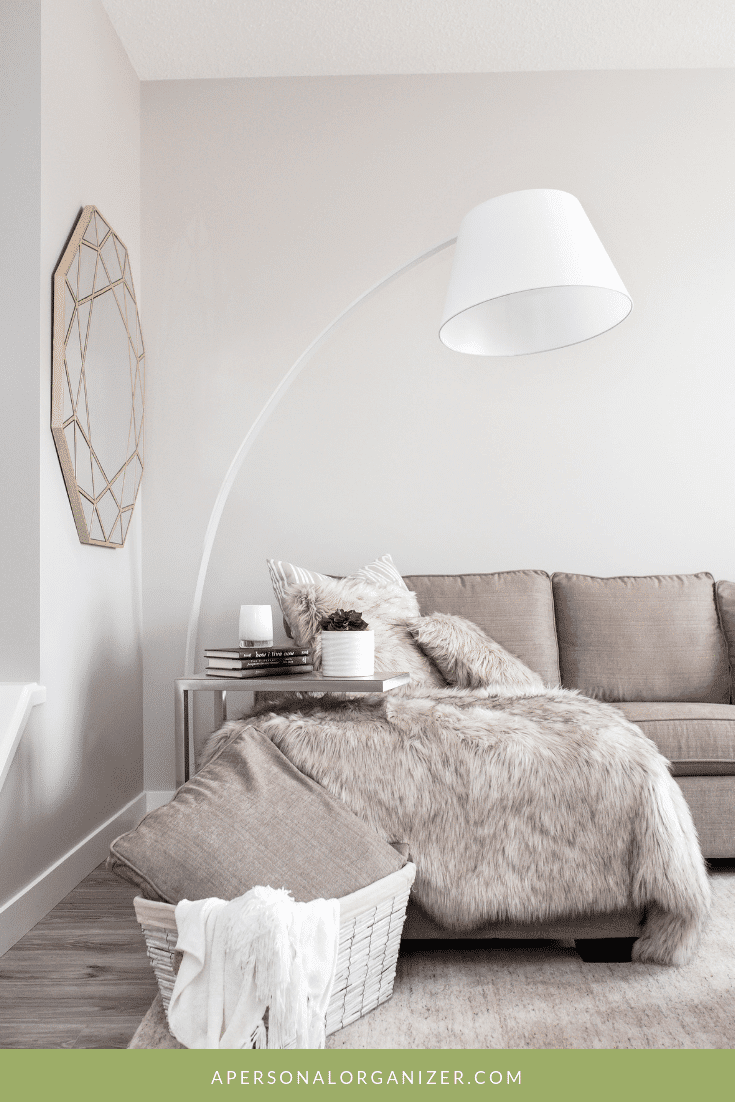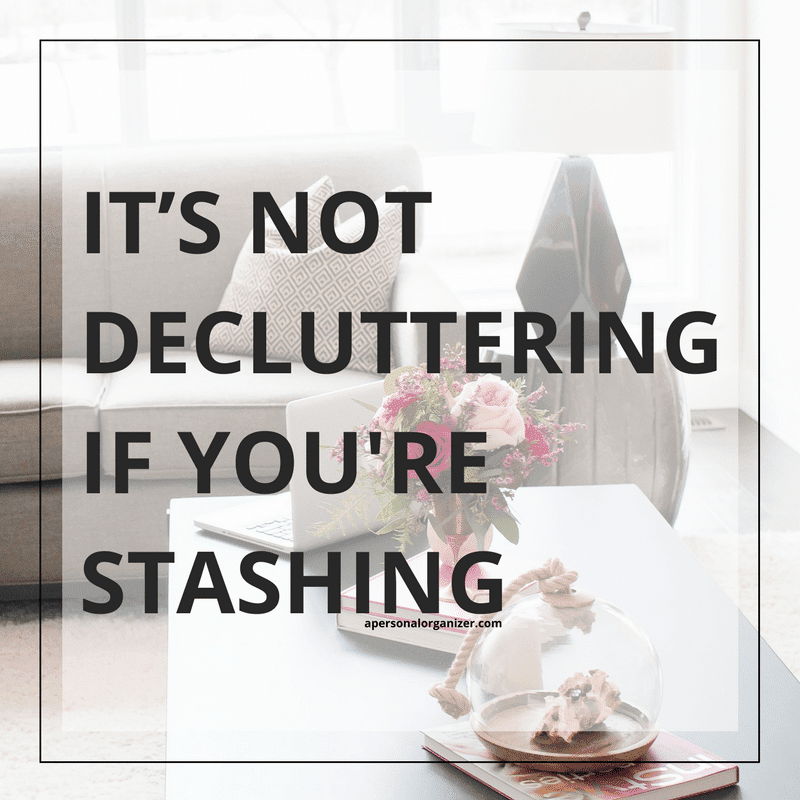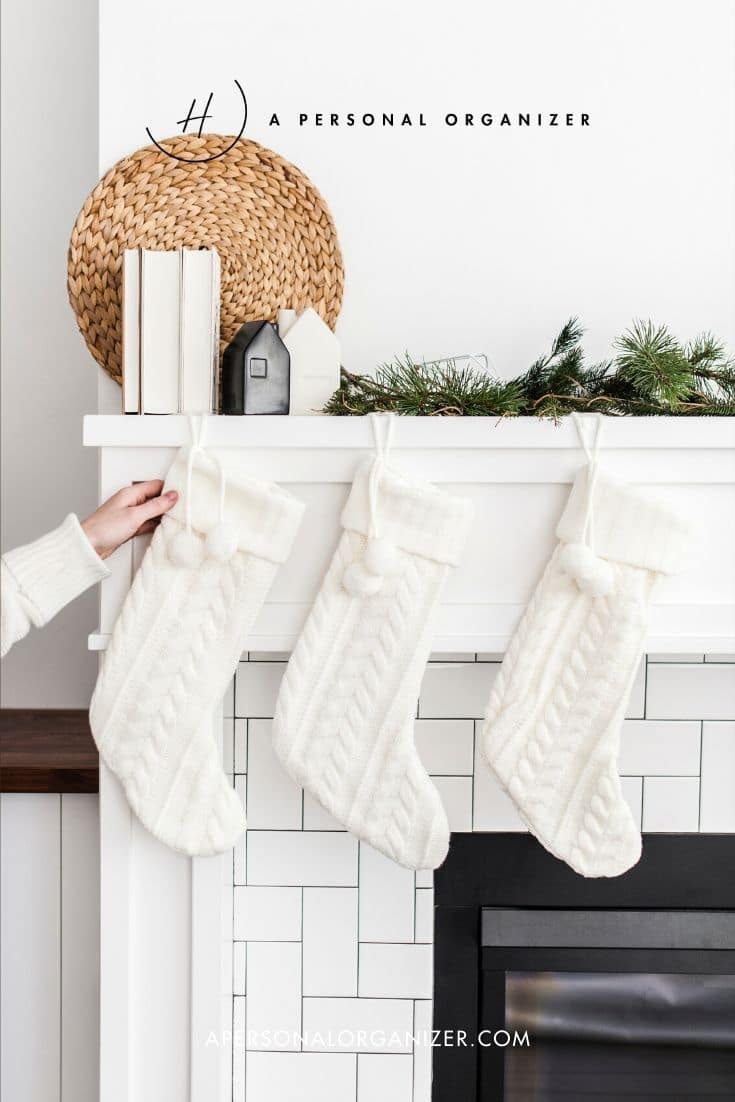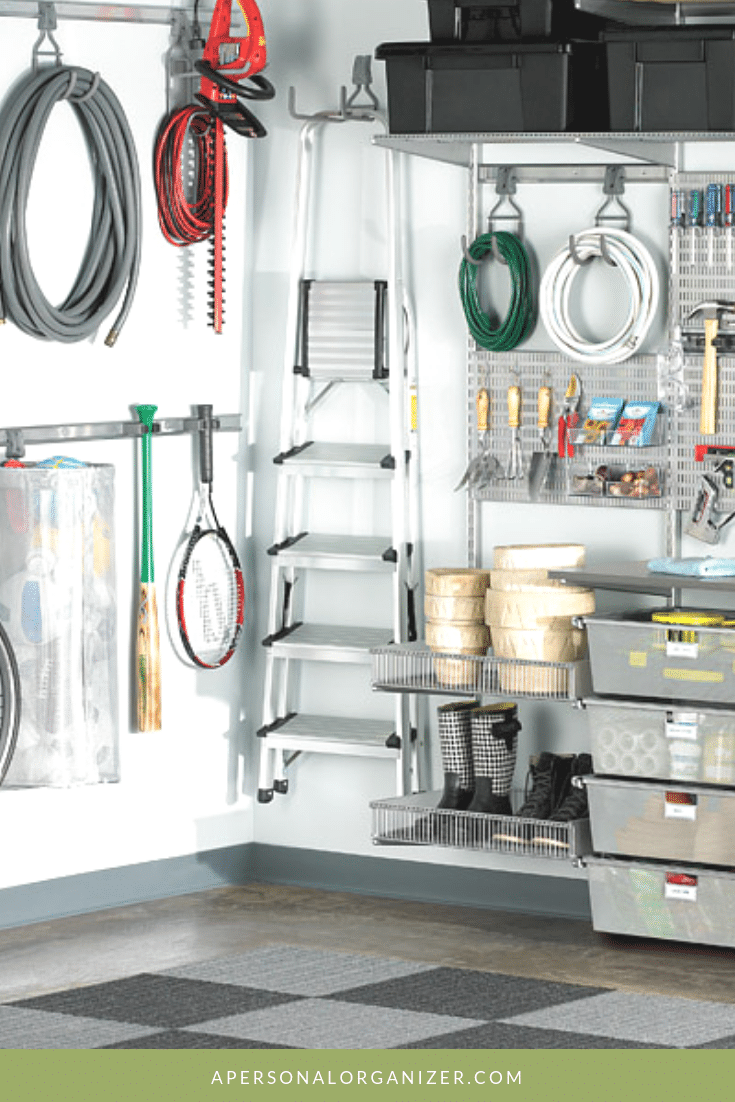Today we are going to organize kids’ bedrooms and closets. Welcome to Week 9 of the 2020 organizing challenge!
Kids have A LOT of stuff. And the attempts to clean and organize it all seems never-ending. We clean it on Saturday and by Friday their rooms are a complete disaster again.

Oh, the joy! The biggest reason that this cycle of cleaning and complete mess continues is because most people are cleaning clutter instead of purging and then organizing.
In this week’s challenge, we will put an end to that cycle.
In the first part of this week’s challenge we are going to organize your kids’ room as a whole, then we will take a deep dive into their closets.
We have a lot to get through this week, so let’s get right to our step by step on organizing kids’ rooms. If your kids are old enough and you feel up to it, involving them in this process may make them want to keep it clean.

How To Organize Kids’ Rooms
- First, set up bins, bags, or boxes labeled “toss” “donate” “keep” and “repairs” This might take a whole day of the challenge. There are always broken toys, pieces missing from games, and so many odds and ends in kids’ rooms to sort. If this step takes a whole day, that’s fine!
- Now, we want to think about storage. Storage is one of the most challenging issues in kid’s rooms because there are so many different “kinds” of things that are in their rooms. Part of this challenge will be to reduce the amount of stuff in their rooms. However, there still will be several different categories of items. If you have been reading my blog or reading about organization in general, I’m sure you know that decluttered rooms lead to calmer spaces and that has a direct impact on our well-being. There are important studies showing us how clutter negatively affects kids. My favorite book on this topic is Simplicity Parenting.
- Between clothes, toys, books, art and craft supplies, there are many categories or groups of things that need to be organized in kids’ rooms. The best way to tackle this project is to define zones for each activity (Imagine how a preschool room is set up to give you a visual of this method) then identify how much storage you have or need to add for each group. Some groups will be obvious like “sleep” is where the bed is, clothing goes in the closet and “study” relates to a desk and chair. Set these zones up first and put the items that belong there, then sort through what is left and find zones for those items.
- I suggest starting by sorting toys. Again, begin by taking out all of the toys. Go through and get rid of anything that is broken or missing pieces. Next, sort like with like. Remove everything you know your kids are not using and add those to the donate or toss bin. For everything that you are keeping, it’s a great idea to create “rotating groups” of toys. You can have 3 groups and rotate them every month or so. The room will be decluttered and the kids will always feel it’s Christmas each time you rotate the toys and bring the “new” toys out!
- Once you know how many toys you’re keeping, you should have a good idea of what needs to be stored and what kind of storage will work best. Cubes or shelves that hold baskets and cubbies are always great for kid’s rooms. They are easy for kids to use to clean up with as well because they just have to toss the stuff into the right bin.
- Next, let’s tackle the biggest mess maker and dust collector of all: stuffed animals! Sort through these, get rid of any that are not well-loved, and consider keeping them in lidded containers so they don’t become a “bag of dust”.
- Now take a look at books and any craft or art project items in their rooms. Once again, sort through books and donate any that your children are grown out of or don’t care for. Consider narrow shelves with a lip to store books in a front-facing position so younger kids can choose books by their covers. Group art and drawing supplies in a neat container on a table or desk.
Now, if you are not buried under a pile of stuffed animals, or your kids have not locked you in the closet for getting rid of their things, let’s head into our deep dive part of this week’s challenge.

Organizing Kids’ Closets
- Let’s start with clothes. Take everything out of drawers and closets and get rid of anything that is torn, ripped, too faded or plain small. For clothing items that are too small decide if you will donate these, or store them for a younger sibling or family member. Store any out of season items in totes that can be kept in the closet or in an attic or storage room. Don’t forget to label your bins so you can find them when you need them.
- If you have a lot of “hand me downs” separate everything by age and place each age in a separate container. Label the containers by age.
- Now you should have plenty of room to put everything back into drawers without being stuffed and hang clothes neatly into the closet. If it’s an option, you can consider installing a lower bar for younger children so they can learn to hang their own clothes. Hooks are also useful for this. Adding a hamper into your kids’ room is also a great idea. Kids can learn to put their dirty clothes where they belong and you have your kids’ laundry already sorted!
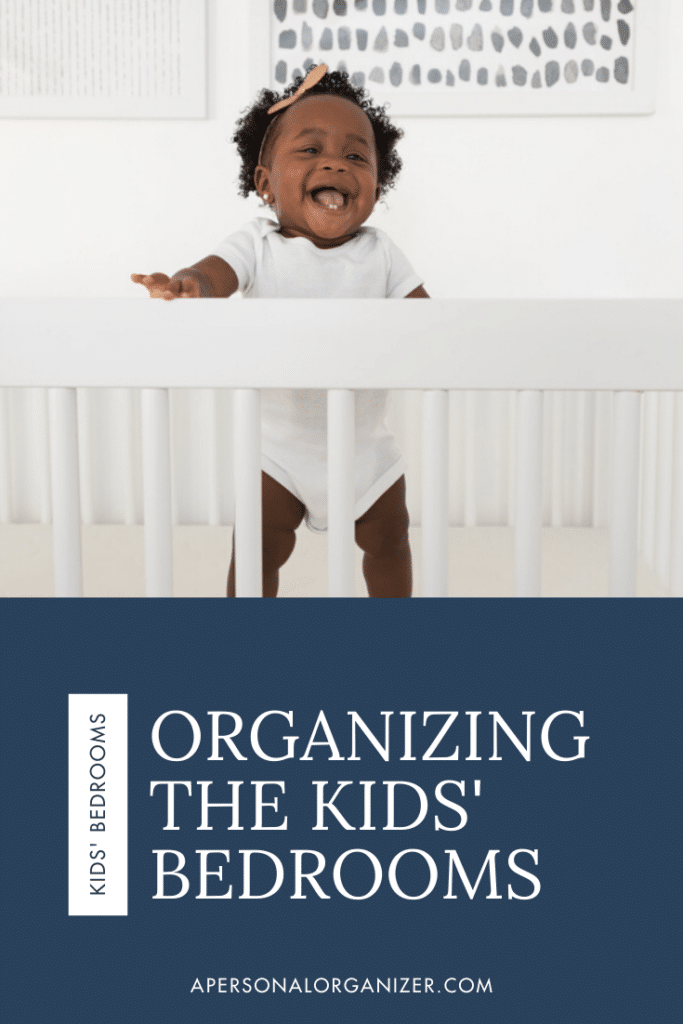
Wrapping up
You have surely worked very hard on this week’s challenge organizing kids’ rooms and maybe your kids have as well. Honestly, kids’ rooms can be some of the most challenging to organize. But they are also the most rewarding. Having your kids’ rooms decluttered and organized will be better for their health and happiness-and your own!



